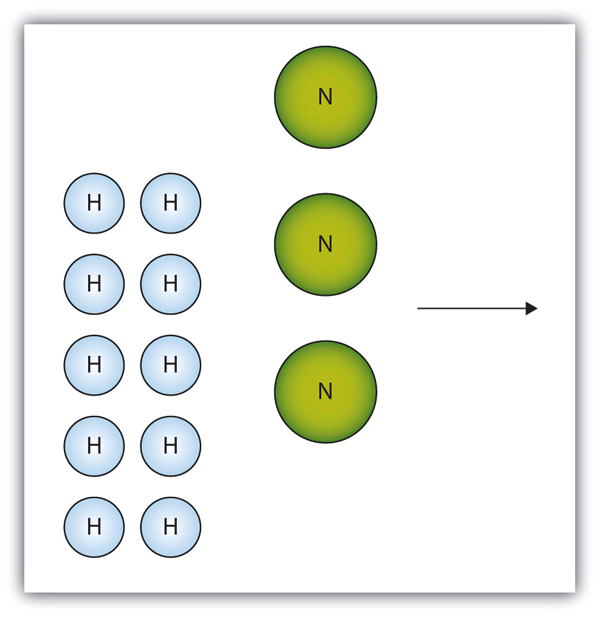

React the hydrazide-activated target protein with carboxyl beads in the presence of EDC.Ħ. Remove excess PDPH by desalting or dialysis.ĥ. (Lysines and N-terminus now are connected to hydrazide (amine) group with an extended linker)Ĥ. React the maleimide-activated target protein to PDPH via sulfhydryls. Remove the excess sulfo-SMCC by desalting or dialysis.ģ. This will produce a maleimide-activated target protein via its primary amines (lysines and N-terminus).Ģ. Conjugate the target protein to the NHS ester (amine-reactive) group of Sulfo-SMCC. 22622) could be used in conjunction with PDPH (Cat. To provide a linker between the beads and the target protein, you would need a molecule with a primary amine (to conjugate to the carboxyl group on the beads with EDC) on one end and another reactive group on the other (to conjugate to the protein). Rapid turnover of the proteins of interest may require careful timing from induction to crosslinking and on to lysis. It may be necessary to know something of the half-life of the protein in the cell.Flash freezing and working through the lysis quickly also ensures the integrity of the sample. During the initial extraction/purification of the proteins, be certain to include protease inhibitors.Too low a cell density promotes hydrolysis of water-labile reagents and too high a cell number or density may result in not enough crosslinker. to the theoretical value (m/z 1107.35 calculated by ChemDraw Ultra 8.0). Use different concentrations of the crosslinker per a defined number of cells and cell density. The reaction was further developed by changing the reagent compositions and.If using a zero length or short crosslinker, try a longer linker.EDAC and other carbodiimide-based crosslinkers should not be added to buffers that contain amines (Tris, glycine, etc.), phosphate or carboxylated compounds (e.g. For example, amine-reactive crosslinkers should not be added to buffers containing Tris or glycine. Make certain the buffer components do not include ingredients that can react with the crosslinker. Ideally the crosslinker should be added to cells in a simple buffer to avoid reaction of the crosslinker to media components.If uncertain about the accessibility or location of the reactive sites on the proteins, consider using a non-specific photoreactive crosslinker. The reactive sites on both proteins must be on or near the surfaces of the proteins and accessible.If the proteins are intracellular, make certain that the crosslinker is cell permeable.If using a photoreactive crosslinker, protect from light during storage and handling. Resolubilze the crosslinker shortly before use.

Crosslinkers are typically shipped as solids and most are labile to moisture.


 0 kommentar(er)
0 kommentar(er)
